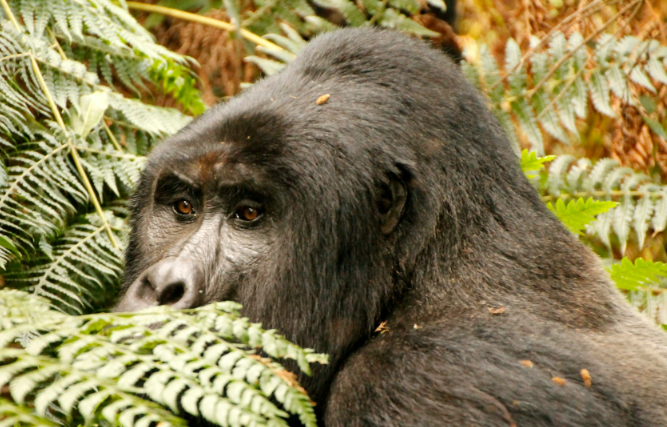How Gorillas Adapt to Habitat Fragmentation
In today’s world, habitat fragmentation poses a serious threat to wildlife, particularly for species like gorillas. As forests are split into smaller patches due to human activities such as agriculture and urban expansion, understanding how these incredible creatures adapt becomes vital. This knowledge not only helps in conservation efforts but also deepens our appreciation for gorillas and their resilience.
The Impact of Habitat Fragmentation on Gorillas
Habitat fragmentation can disrupt the social structures and foraging habits of gorillas. When their natural habitats are divided, gorillas may experience increased competition for resources such as food and mates. Research shows that fragmented populations may form smaller groups, leading to reduced genetic diversity. Despite these challenges, gorillas have displayed remarkable adaptability by altering their diet and foraging patterns, allowing them to thrive even in less-than-ideal conditions.
Social Structures in Fragmented Habitats
Gorillas are social animals, relying on group dynamics for survival. In fragmented environments, however, these social structures can face significant challenges. Smaller groups may form, which can lead to altered social interactions and behaviors. Interestingly, some studies have shown that gorillas in fragmented landscapes develop stronger bonds with their remaining group members. This close-knit social structure helps them cope with the stress of habitat loss, providing emotional support and increasing their chances of survival.
Innovative Foraging Strategies
As food sources become scarce due to habitat fragmentation, gorillas exhibit innovative foraging strategies to adapt. They may expand their diet to include less preferred but available food items. This flexibility in eating habits demonstrates their resilience and ability to adjust to changing environments. Additionally, gorillas are known to travel longer distances in search of food, showing their determination to overcome the barriers created by fragmented landscapes.
Conclusion
Gorillas are remarkable creatures that demonstrate incredible adaptability in the face of habitat fragmentation. Through changes in social structure and foraging strategies, they not only survive but continue to thrive. As we learn more about these adaptations, we enhance our understanding of how to protect them and their habitats. To dive deeper into the fascinating world of gorillas and their challenges, consider supporting conservation efforts or visiting local wildlife organizations that focus on preserving these magnificent animals. Every little action can contribute to ensuring a brighter future for gorillas. Perhaps you would like to explore some gorilla sculptures.

